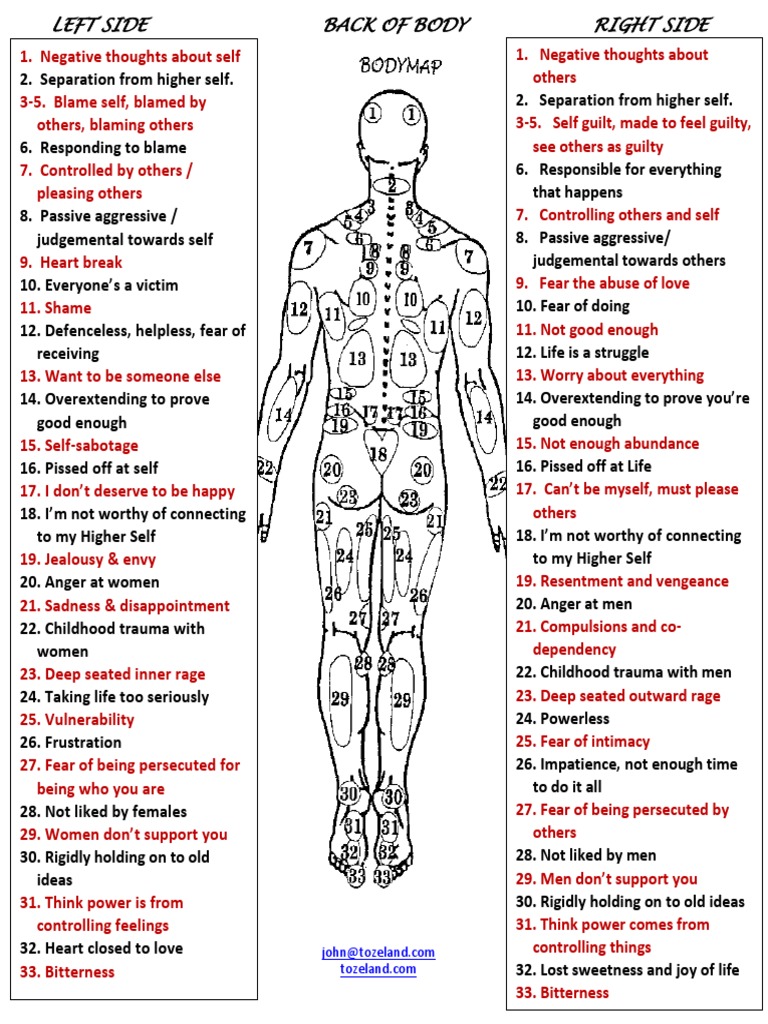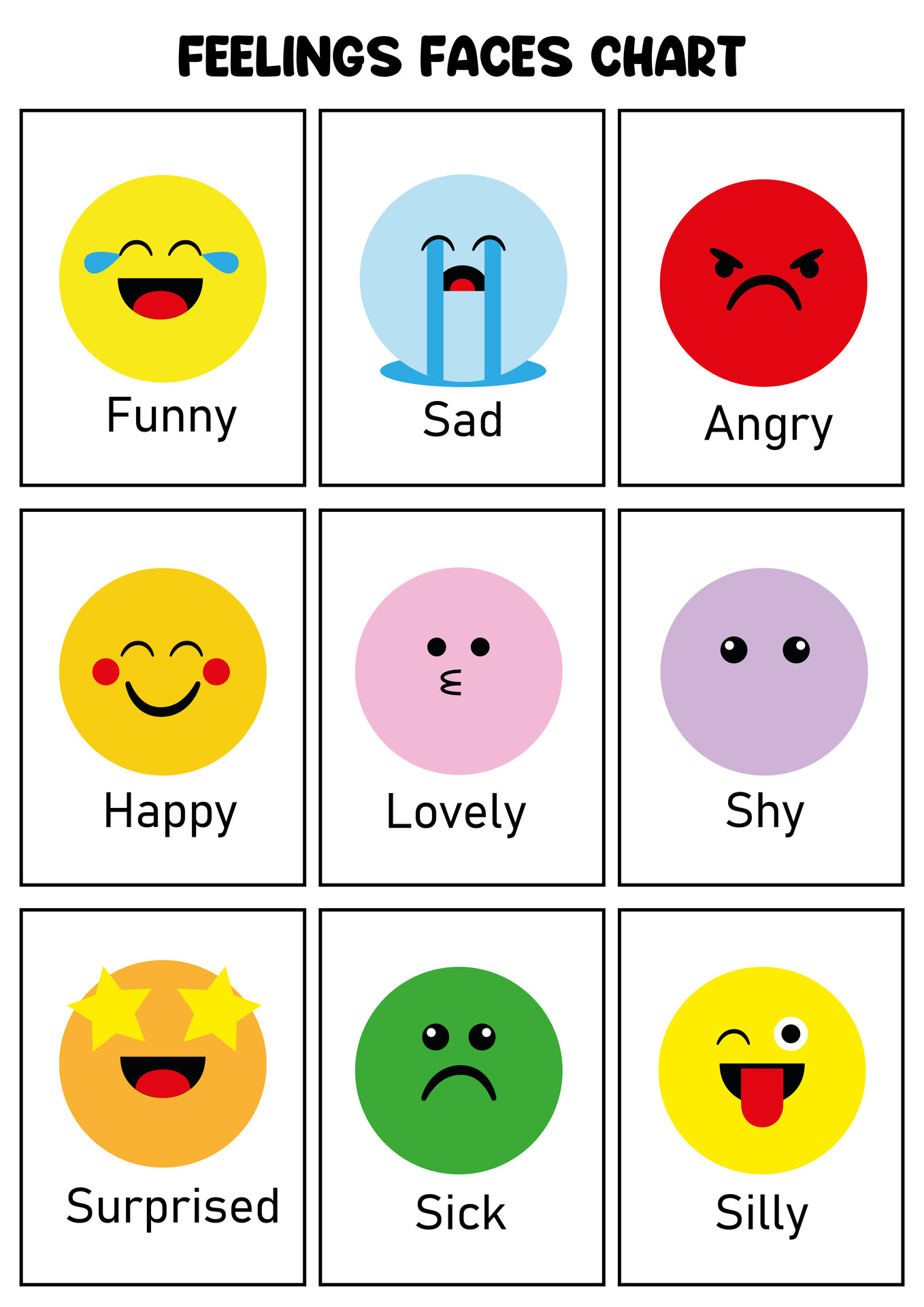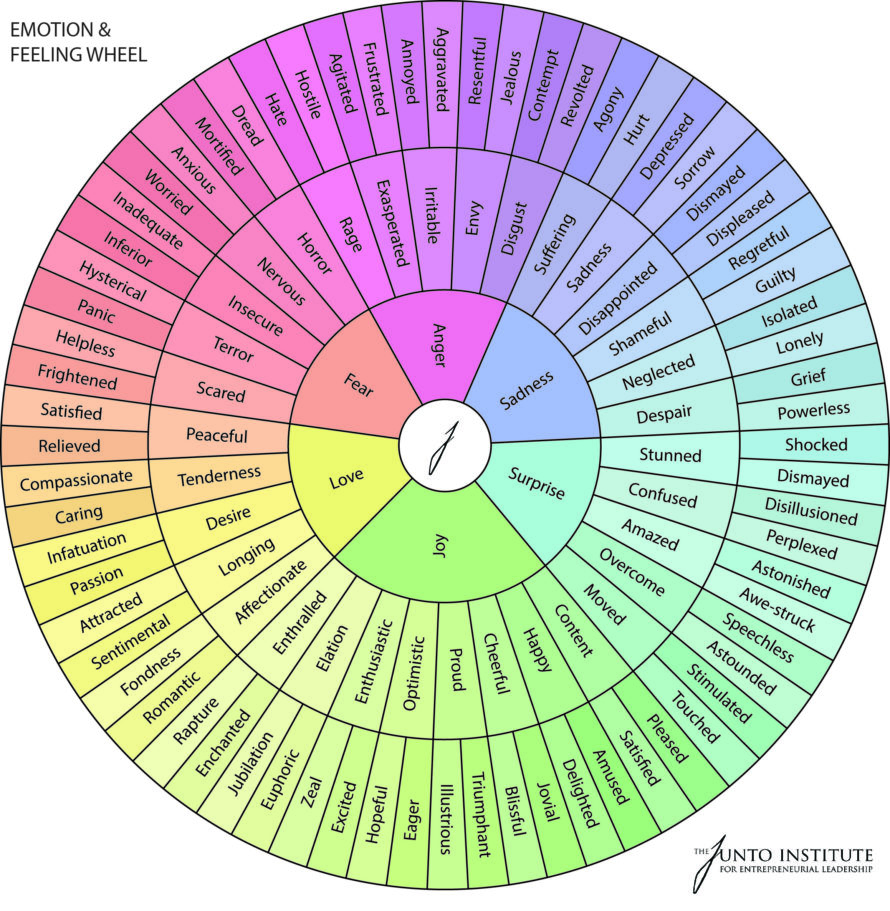Our bodies are remarkable vessels that house a myriad of emotions, each uniquely represented in different areas. By understanding the bodily maps of emotions, we can gain a deeper insight into the complexities of our innermost feelings. These maps serve as a visual representation of how emotions manifest in our physical selves, shedding light on the interconnectedness of our mind, body, and spirit.
An Array of Emotion
 Let’s begin our exploration with a front view of the body. This comprehensive body map showcases various emotions and their corresponding physiological sensations. From warmth and tingling in the chest when experiencing love to the familiar knot in the stomach during anxiety, each emotion leaves a unique imprint on our physical being. By acknowledging these bodily clues, we can better understand and process our emotions.
Let’s begin our exploration with a front view of the body. This comprehensive body map showcases various emotions and their corresponding physiological sensations. From warmth and tingling in the chest when experiencing love to the familiar knot in the stomach during anxiety, each emotion leaves a unique imprint on our physical being. By acknowledging these bodily clues, we can better understand and process our emotions.
 The Science of People delves further into the intricacies of emotions with their emotion maps. These maps highlight how emotions change and shift within the body. For example, anger may start as a burning sensation in the chest before radiating down to the arms and fists. By recognizing these physical manifestations, we can develop a greater sense of self-awareness and regulate our emotional responses more effectively.
The Science of People delves further into the intricacies of emotions with their emotion maps. These maps highlight how emotions change and shift within the body. For example, anger may start as a burning sensation in the chest before radiating down to the arms and fists. By recognizing these physical manifestations, we can develop a greater sense of self-awareness and regulate our emotional responses more effectively.

A Journey Within
 Research has unveiled fascinating insights into where emotions are felt within the body. From love and joy warming our hearts to fear tightening our chests, each emotion has a physical presence. By visualizing these bodily responses, we can become more attuned to our emotional experiences and practice self-compassion in times of distress.
Research has unveiled fascinating insights into where emotions are felt within the body. From love and joy warming our hearts to fear tightening our chests, each emotion has a physical presence. By visualizing these bodily responses, we can become more attuned to our emotional experiences and practice self-compassion in times of distress.
 The complexity of emotions is beautifully depicted in the emotions chart. This intricate wheel showcases a range of feelings, each connected to specific bodily sensations. Whether it’s a flutter in the stomach during excitement or heaviness in the chest when experiencing sadness, this chart is a powerful tool for understanding ourselves and fostering emotional intelligence.
The complexity of emotions is beautifully depicted in the emotions chart. This intricate wheel showcases a range of feelings, each connected to specific bodily sensations. Whether it’s a flutter in the stomach during excitement or heaviness in the chest when experiencing sadness, this chart is a powerful tool for understanding ourselves and fostering emotional intelligence.
The Integration of Mind and Body
 Engaging in activities that explore the connection between emotions and our bodies can enhance our emotional well-being. One such activity involves identifying and locating emotions within our physical selves. By tuning into our bodies and recognizing the unique sensations associated with various emotions, we can cultivate a deeper sense of self-awareness and harness emotional resilience.
Engaging in activities that explore the connection between emotions and our bodies can enhance our emotional well-being. One such activity involves identifying and locating emotions within our physical selves. By tuning into our bodies and recognizing the unique sensations associated with various emotions, we can cultivate a deeper sense of self-awareness and harness emotional resilience.
 A groundbreaking study reveals that bodily maps of emotions are universally recognized across different cultures. Regardless of where we come from, we share similar bodily sensations when experiencing various emotions. This finding further emphasizes the unity of the human experience and highlights the importance of emotional intelligence as a global language.
A groundbreaking study reveals that bodily maps of emotions are universally recognized across different cultures. Regardless of where we come from, we share similar bodily sensations when experiencing various emotions. This finding further emphasizes the unity of the human experience and highlights the importance of emotional intelligence as a global language.
Embracing and Expressing Emotions
 Emotional well-being involves acknowledging and cultivating a healthy relationship with our feelings. The printable feelings chart serves as a helpful resource in identifying and expressing our emotions. By becoming familiar with the bodily sensations associated with different emotions, we can better communicate our needs and promote meaningful connections with others.
Emotional well-being involves acknowledging and cultivating a healthy relationship with our feelings. The printable feelings chart serves as a helpful resource in identifying and expressing our emotions. By becoming familiar with the bodily sensations associated with different emotions, we can better communicate our needs and promote meaningful connections with others.
 Uncomfortable feelings are an inevitable part of the human experience. The Reembody Method offers three ways to make peace with these emotions. By acknowledging, accepting, and embracing our discomfort, we can foster personal growth and develop resilience. Understanding the bodily sensations associated with discomfort empowers us to navigate challenging emotions and emerge stronger on the other side.
Uncomfortable feelings are an inevitable part of the human experience. The Reembody Method offers three ways to make peace with these emotions. By acknowledging, accepting, and embracing our discomfort, we can foster personal growth and develop resilience. Understanding the bodily sensations associated with discomfort empowers us to navigate challenging emotions and emerge stronger on the other side.
 The universality of bodily maps of emotions transcends cultural boundaries. As human beings, we share the same physiological responses when experiencing happiness, anger, sadness, and a plethora of other emotions. This finding reminds us of our interconnectedness and highlights the significance of emotional well-being in fostering harmony and understanding among diverse communities.
The universality of bodily maps of emotions transcends cultural boundaries. As human beings, we share the same physiological responses when experiencing happiness, anger, sadness, and a plethora of other emotions. This finding reminds us of our interconnectedness and highlights the significance of emotional well-being in fostering harmony and understanding among diverse communities.
Although emotions can sometimes feel overwhelming, understanding the bodily maps of emotions empowers us to navigate the intricate landscape of our inner selves. By embracing and exploring these maps, we embark on a journey towards self-awareness, emotional intelligence, and ultimately, inner peace.